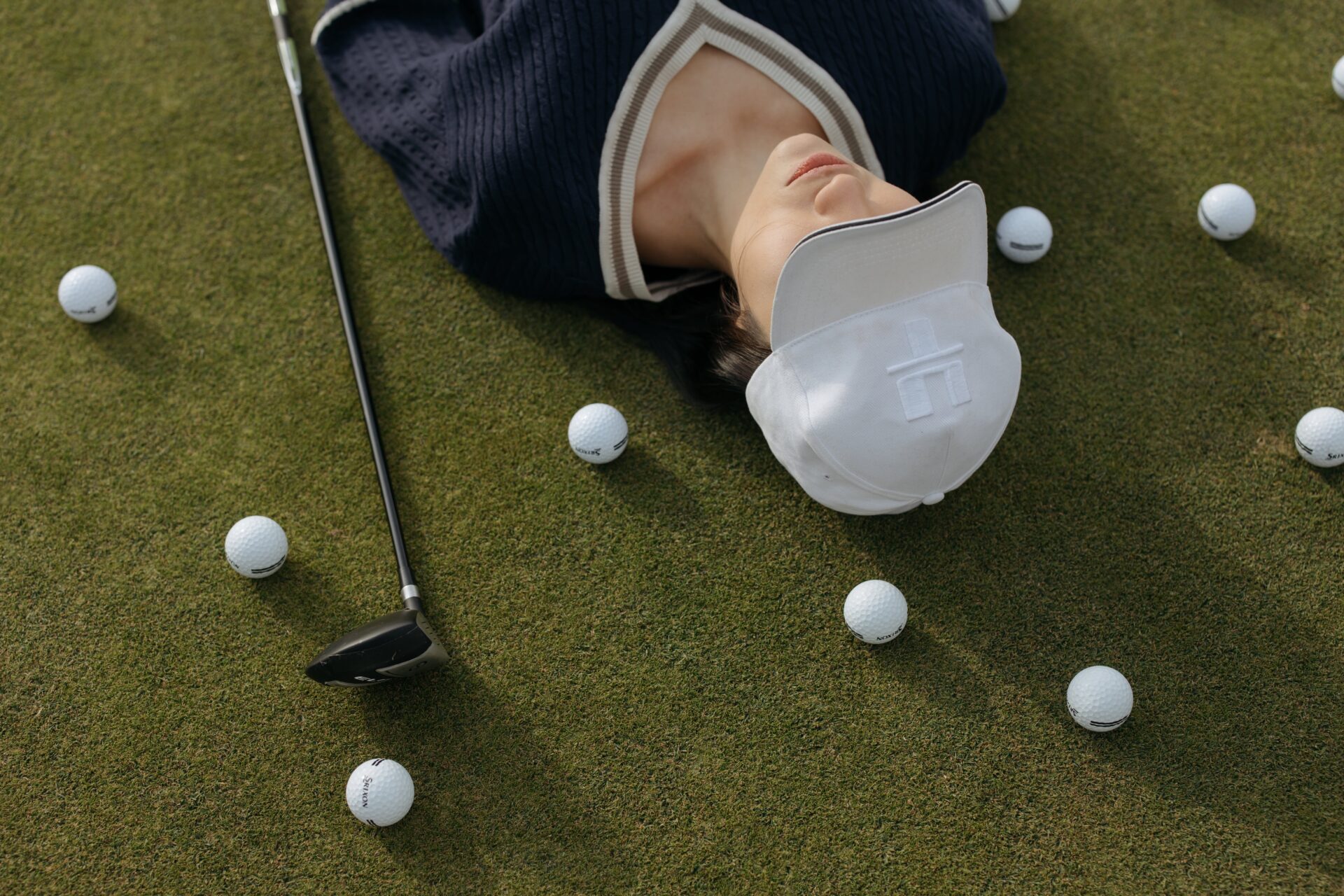Wind resistance, also known as air resistance or drag, refers to the force exerted by air molecules on an object as it moves through the atmosphere. In the context of ball aerodynamics, wind resistance plays a crucial role in determining the trajectory, speed, and overall performance of the ball. Understanding and navigating wind resistance is essential for athletes, engineers, and enthusiasts alike, as it directly impacts the outcome of various sports and recreational activities. For instance, in sports like golf, tennis, or baseball, the way a ball interacts with the air can significantly influence its path and distance traveled. The study of ball aerodynamics delves into the complex interplay between wind resistance and ball design, leading to fascinating insights and innovative approaches to optimize performance.
In the realm of ball aerodynamics, certain characteristics make wind resistance a critical factor to consider. The shape, surface roughness, and size of a ball all affect how air flows around and interacts with it. For example, a smooth, streamlined surface minimizes drag, allowing the ball to move through the air with less resistance. On the other hand, irregular surfaces or protruding features create turbulence, increasing wind resistance and causing the ball to deviate from its intended path. Moreover, the size of the ball has a direct impact on how it is affected by wind resistance. Smaller balls generally experience less drag compared to larger ones, enabling them to achieve higher speeds and cover greater distances.
Having explored the significance of wind resistance in ball aerodynamics, we will now delve into the key takeaways in this article. Firstly, we will discuss the influence of ball shape and surface texture on wind resistance, examining how different designs can optimize performance. Secondly, we will explore the impact of size and weight on a ball’s interaction with air, shedding light on why these factors vary across different sports. Lastly, we will analyze the role of wind conditions and how to navigate them effectively, providing practical tips for athletes and enthusiasts to enhance their performance. So, let’s embark on this informative journey, uncovering the fascinating world of wind resistance and its interactions with ball aerodynamics.
Key Takeaways
1. The impact of wind resistance on ball aerodynamics is crucial in many sports, affecting the ball’s trajectory, stability, and speed.
2. Different factors such as spin, shape, and surface texture significantly influence a ball’s interaction with the air and its ability to overcome wind resistance.
3. Understanding the Bernoulli principle helps in comprehending how the pressure differences on the ball’s surfaces affect its flight, especially when it comes to aerodynamic lift.
4. Surface dimples on golf balls and other sports balls create tiny turbulent air pockets, reducing drag and providing greater stability, allowing for longer distance shots.
5. Innovative technologies, such as the addition of grooves or altering the ball’s seam, continue to be explored to optimize aerodynamics and improve ball performance in various sports.
How Does Wind Resistance Affect Ball Aerodynamics?
Understanding the Role of Wind Resistance in Ball Aerodynamics
Wind resistance plays a crucial role in determining the flight and trajectory of a ball, whether it be a soccer ball, golf ball, or tennis ball. The interaction between the ball and the air surrounding it greatly affects its movement and stability. By delving deeper into the concept of wind resistance and its impact on ball aerodynamics, we can gain valuable insights into optimizing ball performance.
Factors Influencing Wind Resistance on Balls
When it comes to wind resistance, several factors come into play, affecting the behavior of a ball in flight:
- Surface Area: The size of the ball’s surface area directly affects the amount of resistance it encounters as it moves through the air. Balls with larger surface areas, such as soccer balls or basketballs, experience greater wind resistance, altering their trajectory.
- Shape: The shape of a ball significantly impacts its wind resistance. Different sports have specific ball designs, each tailored to maximize performance. For example, golf balls have dimples that reduce drag by allowing the air to flow more smoothly around the surface.
- Speed: The speed at which a ball travels affects the magnitude of the wind resistance it encounters. Faster-moving balls experience higher air pressure in front, leading to increased drag forces.
- Spin: The spin of a ball introduces an additional dynamic to consider. Spin can either enhance or reduce wind resistance, depending on its direction and velocity. Proper understanding and manipulation of spin are crucial for athletes seeking optimal control over their shots.
The Impact of Wind Resistance on Ball Trajectory
Wind resistance directly influences the trajectory of a ball, as even slight variations in air pressure can cause significant deviations. Consider the following effects:
Lift and Drag Forces
As air flows around a moving ball, it creates two primary forces: lift and drag.
- Lift: When the air moving over the top of a ball travels faster than the air beneath, it generates an area of low pressure on top, creating lift. This lift force can cause the ball to deviate from a straight path, resulting in a curved trajectory.
- Drag: Drag force, on the other hand, acts in the opposite direction of ball movement. It occurs due to the resistance encountered by the ball as it displaces the air in front of it. Drag can slow down the ball and influence its flight path, leading to shorter distances or reduced accuracy.
Effect of Wind Speed and Direction
Wind speed and direction have a significant impact on ball flight.
- Headwind and Tailwind: A headwind refers to air blowing against the direction of ball travel, while a tailwind blows in the same direction as the ball. Headwinds tend to increase drag, reducing distance and altering trajectory. Conversely, tailwinds can reduce drag, leading to increased distance but potentially causing a loss of control.
- Crosswinds: Crosswinds blow perpendicular to the ball’s direction, causing horizontal drift. This can be particularly challenging for sports where accuracy is paramount, such as golf or baseball.
Tips for Navigating Ball Aerodynamics in Windy Conditions
- Select the Right Ball: Consider the specific design and characteristics of the ball for the given sport or activity, accounting for the anticipated wind conditions.
- Adjust Your Technique: Make appropriate adjustments to your technique, such as altering the angle of attack, altering spin, or adapting hitting styles, to compensate for the effects of wind resistance.
- Monitor Wind Direction and Speed: Stay informed about the prevailing wind conditions and how they may factor into your shots or throws.
- Practice in Windy Conditions: The more experience you gain in handling the ball in windy conditions, the better you will become at predicting its behavior and adjusting your strategies accordingly.
- Seek Expert Advice: Consulting with coaches or sports professionals can provide valuable insights and techniques for maximizing ball performance in windy environments.
Frequently Asked Questions
1. How does wind resistance affect the flight of a ball?
Wind resistance, also known as drag force, can significantly influence the flight path and distance of a ball. As the ball moves through the air, it encounters resistance from the air molecules, causing it to slow down and deviate from its intended trajectory.
2. Can the shape of a ball affect its wind resistance?
Absolutely! The shape of a ball plays a crucial role in determining its wind resistance. Smooth surfaces and streamlined shapes, such as those often found in golf balls or soccer balls, can reduce drag, allowing the ball to travel faster and farther.
3. Does the density of the air impact wind resistance?
Yes, the density of the air can affect the strength of wind resistance. Higher altitudes or locations with lower air density will result in less drag on the ball compared to denser environments. This is why athletes often experience longer shots or throws at high-altitude venues.
4. Are there any techniques to reduce wind resistance on a ball?
Absolutely! Various techniques can help minimize wind resistance on a ball. Adding dimples to a golf ball, for example, disrupts the flow of air around the ball’s surface, reducing drag. Similarly, applying a smooth and polished surface to a soccer ball can also decrease wind resistance.
5. How does wind direction impact the flight of a ball?
Wind direction has a significant impact on the flight of a ball. A headwind, blowing against the direction of the ball’s motion, increases wind resistance and can cause the ball to lose distance. Conversely, a tailwind, blowing in the same direction as the ball, can help the ball travel farther with reduced resistance.
6. Can wind resistance affect different sports differently?
Indeed, wind resistance can have varying effects on different sports. For example, in golf, wind resistance can make the ball deviate from its intended line of flight, influencing accuracy. In sports like baseball or tennis, wind resistance can modify the trajectory and speed of the ball, affecting gameplay strategies.
7. Does the speed of the ball influence wind resistance?
Yes, the speed of the ball is directly proportional to the wind resistance it encounters. As the ball travels faster, it pushes through more air molecules per second, resulting in increased drag. This means that higher ball speeds generally experience greater wind resistance.
8. Can wind resistance be beneficial in any sports?
Wind resistance can indeed be advantageous in certain sports. For instance, in sports where ball control is essential, such as table tennis, the drag force experienced due to wind resistance can help players maintain better control and precision over their shots.
9. Can wind resistance be completely eliminated?
No, wind resistance cannot be entirely eliminated. It is an inherent physical phenomenon that occurs whenever an object moves through a fluid medium like air. However, by understanding and utilizing aerodynamic principles, the effects of wind resistance can be minimized to optimize performance.
10. How do professionals account for wind resistance during gameplay?
Professionals account for wind resistance in various ways. In sports like golf or soccer, players may adjust their aim or shot trajectory to compensate for the wind’s influence. Additionally, utilizing advanced equipment and technology, such as wind gauges or sophisticated algorithms, can help professionals make more informed decisions in the face of wind resistance.
Final Thoughts
Understanding the impact of wind resistance on ball aerodynamics is crucial for athletes, coaches, and equipment manufacturers alike. By comprehending the underlying principles and employing customized approaches, athletes can enhance their performance and overcome the challenges posed by wind resistance. Moreover, continuous research and innovation are driving the development of cutting-edge equipment and techniques that push the boundaries of performance in various sports. As we delve deeper into the realm of ball aerodynamics, the quest for optimizing ball flight and conquering wind resistance continues to captivate professionals and enthusiasts alike.




